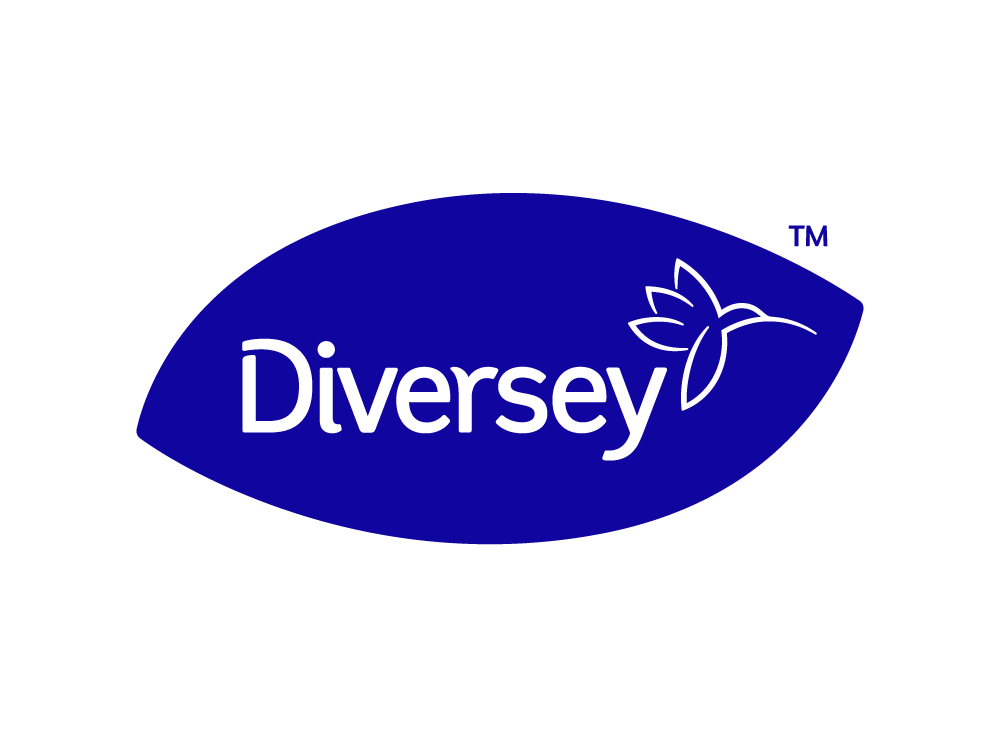Many countries, territories and regions are getting ready to reopen their economies for business despite the threat of the novel coronavirus. While business owners are eager to welcome customers back, they are also cautious about how to do so safely and effectively.
The pandemic has made consumers and workers hypersensitive to facility cleanliness and hand hygiene. Businesses need to address these concerns and follow public health best practices to ensure long-term success.
Ready for reopening
Whether you oversee a restaurant that temporarily closed or a hotel that saw an immense plunge in bookings, tasks must be performed to welcome people back to your facility safely.
The following will make the process easier:
- Set a target reopening date.
- Determine when you want to reopen. Work backwards from this date to create a timeline for completing tasks. While many businesses are desperate to generate revenue again, make sure your timeline is realistic. Rushing the reopening puts everyone at risk. If customers visit a recently reopened facility that does not have proper public health practices in place, it can generate significant negative publicity.
- Review your current stock of cleaning products, tools and equipment.
- You will need a steady stockpile of products, so work with a distributor or manufacturer that can supply larger volumes of essentials. Additionally, confirm that you are using products proven to inactivate SARS-CoV-2, the virus that causes COVID-19, and have effective tools, like microfiber, on hand. If you are providing cloth face coverings or disposable facial tissues, you may need time to consider where these should be located and where they should be discarded after use.
- Conduct employee training.
- Employees must adjust to new expectations around cleanliness. This may include arriving earlier to finalize cleaning ahead of business hours, participating in a temperature check before beginning a shift and staying later to conduct a more thorough cleaning at the end of the day. Review all new public health practices with employees, including those related to cleaning and hand hygiene, to confirm they understand how to clean properly.
- Conduct a thorough cleaning and make it routine.
- While there is no standard definition of the term “deep cleaning,” your facility needs to undergo a top-to-bottom cleaning before it reopens. Address all high-touch surfaces like door handles, desks and touch screens. Then, create a plan for repeating cleaning and disinfecting during operating hours and revise this plan as needed.
- Install hand sanitizer and disinfectant wipe stations.
- Provide customers with access to alcohol-based hand sanitizer and disinfectant wipes, especially near common touch points like elevator buttons, entrance doors and registers. These solutions offer additional reassurance that the facility prioritizes health and safety and helps to further reduce the spread of germs.
- Implement social distancing safeguards.
- There are a variety of different safeguards to consider to create social distancing. For example, you may want to install plexiglass dividers at registers and check-in desks. Additionally, you may keep strict occupancy limits in place, removing tables and chairs to create social distancing and only considering easing these limits when your region advises they can be lifted.
- Communicate your processes and precautions.
- Make it clear to employees and patrons what you are doing to protect them. This can be accomplished through emails, social media and printed posters placed throughout your facility. This will help ease fears and ensure that everyone knows what is expected of them. For example, share which products you are using to disinfect and how often you are cleaning. Let customers know whether they are required to wear masks and how they can reduce the spread of germs.
Strategies for staff
In addition to reviewing the above checklist, you should also highlight new health and safety measures for staff. These may include:
- Recurring handwashing – Many restaurants have implemented requirements around handwashing by sounding a bell every 30 minutes. Managers then document that every employee has washed their hands.
- Use of personal protective equipment (PPE) – Make sure employees know to wear PPE, like face masks and disposable gloves. Employees should use a new set of gloves when cleaning different areas, such as restrooms and dining areas.
- Physical distancing – There are steps you can take to keep employees safe while they work. Use tape to mark designated working spaces in kitchens, schedule fewer workers and remind employees to respect social distancing while in breakrooms, restrooms and throughout the facility.
- Expanded sick leave – To prevent employees from coming into work sick, consider providing paid sick leave or additional days of sick leave. Too often, workers feel pressure to go to work. With lives at risk, employees must understand that their health comes first, as it can impact the health of coworkers and customers.
The new way of doing business
Following widespread closures due to coronavirus, some businesses are taking steps to reopen their doors. However, the old ways of business will no longer be acceptable. Workers and guests have higher expectations around facility cleanliness and hygiene. By considering the above checklist and detailing strategies for staff, businesses can help set themselves up for success as they reopen for business.
Click Here to learn more about Diversey Consulting
Click Here to read about our Ready To Reopen program
Diversey can help you create the safest environment for your associates and customers. Contact Diversey at 1-800-668-7171 or speak with your Diversey representative regarding proper cleaning and disinfecting products and procedures.




